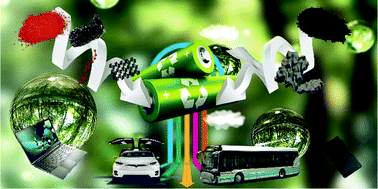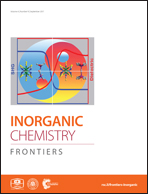Phosphorus-based materials for high-performance rechargeable batteries
Abstract
Lithium/sodium ion secondary batteries are an ideal power source for electric vehicles, portable electronic devices and energy storage devices, and recent studies have found that they are more environmentally friendly than other batteries. Innovative research on new electrode materials is the foundation for the development of neoteric high-performance batteries. Phosphorus offers a high theoretical specific capacity and is naturally abundant, thus making it utilizable in electrode materials. At present, however, our understanding of phosphorous materials is deficient, which hinders its widespread development and application, especially in the area of energy storage. To address this issue, the properties of P allotropes have been reviewed in this work. We introduce the recent development of P as an electrode material for energy storage, including the preparation of composite materials and the influence of the structure of the material on its electrochemical properties, among others. Furthermore, this review highlights that distinct P structures modulate the electrochemical properties of the material. Finally, we present a vision of the future development of phosphorous materials in the energy storage field.

- This article is part of the themed collection: 2017 Inorganic Chemistry Frontiers Review-type Articles


 Please wait while we load your content...
Please wait while we load your content...